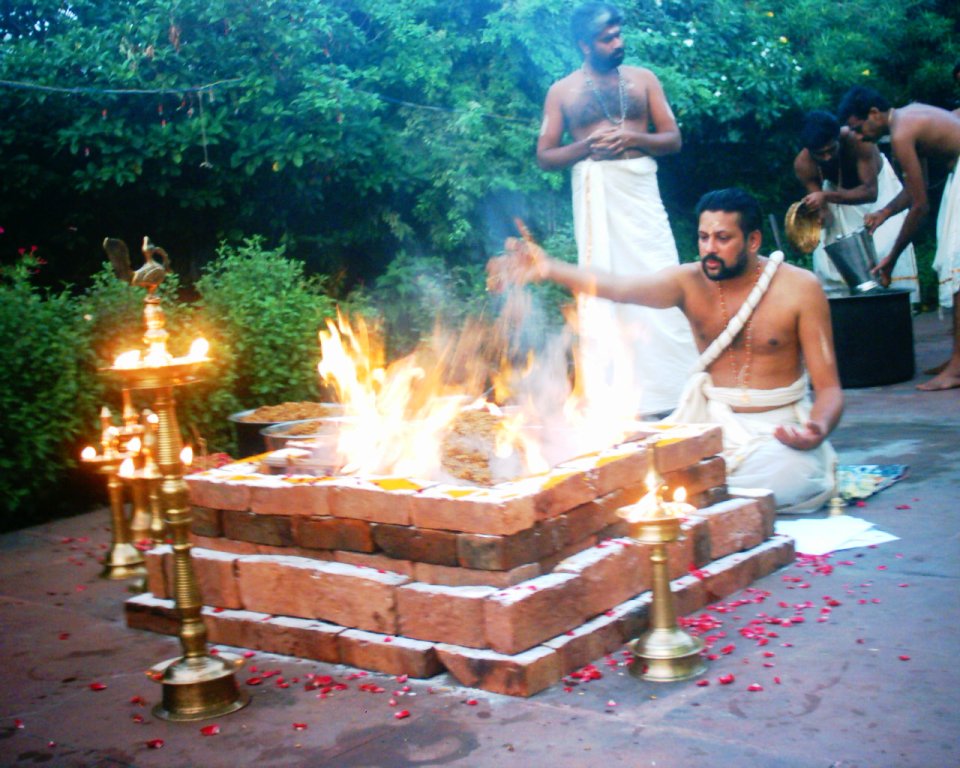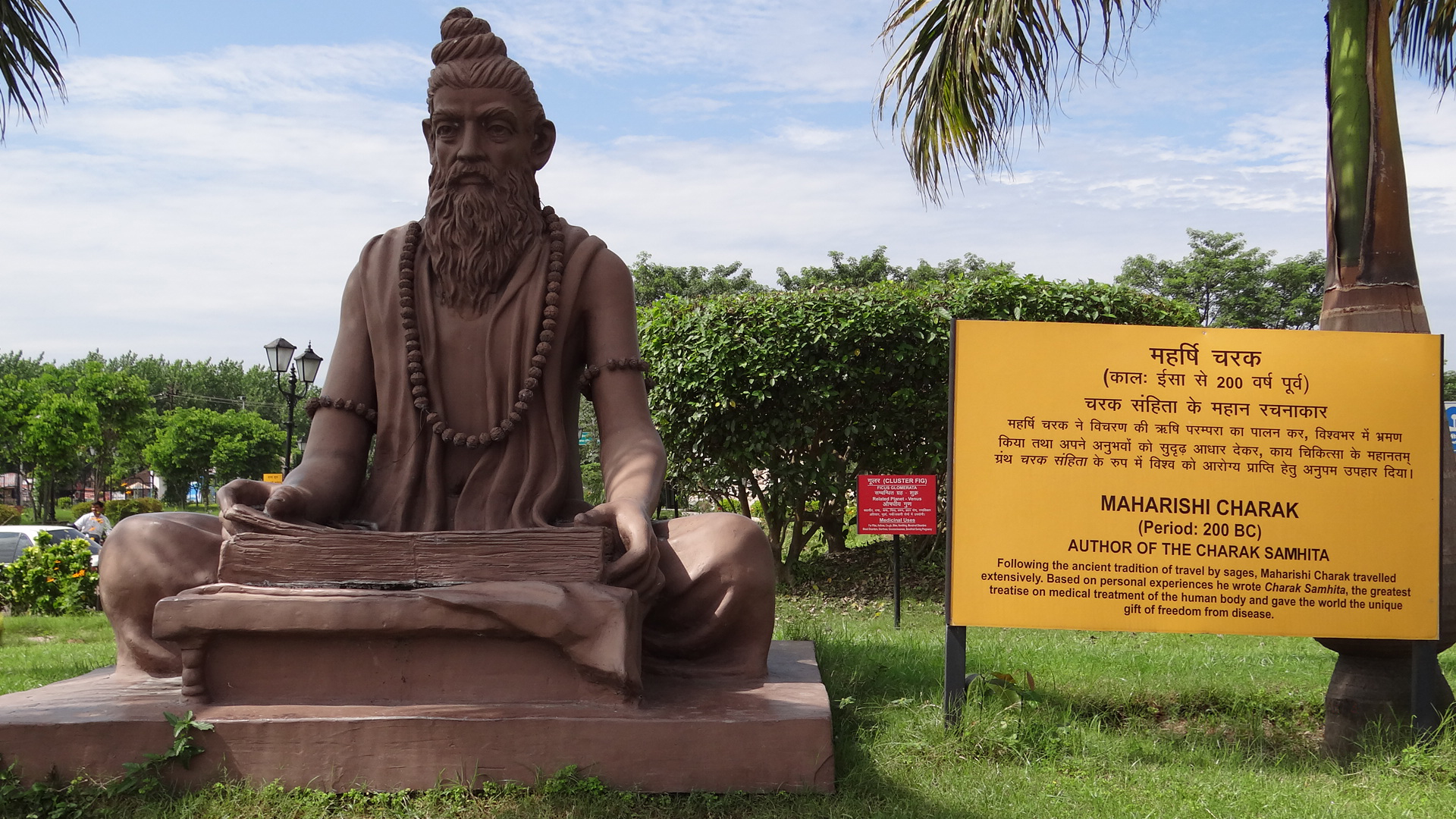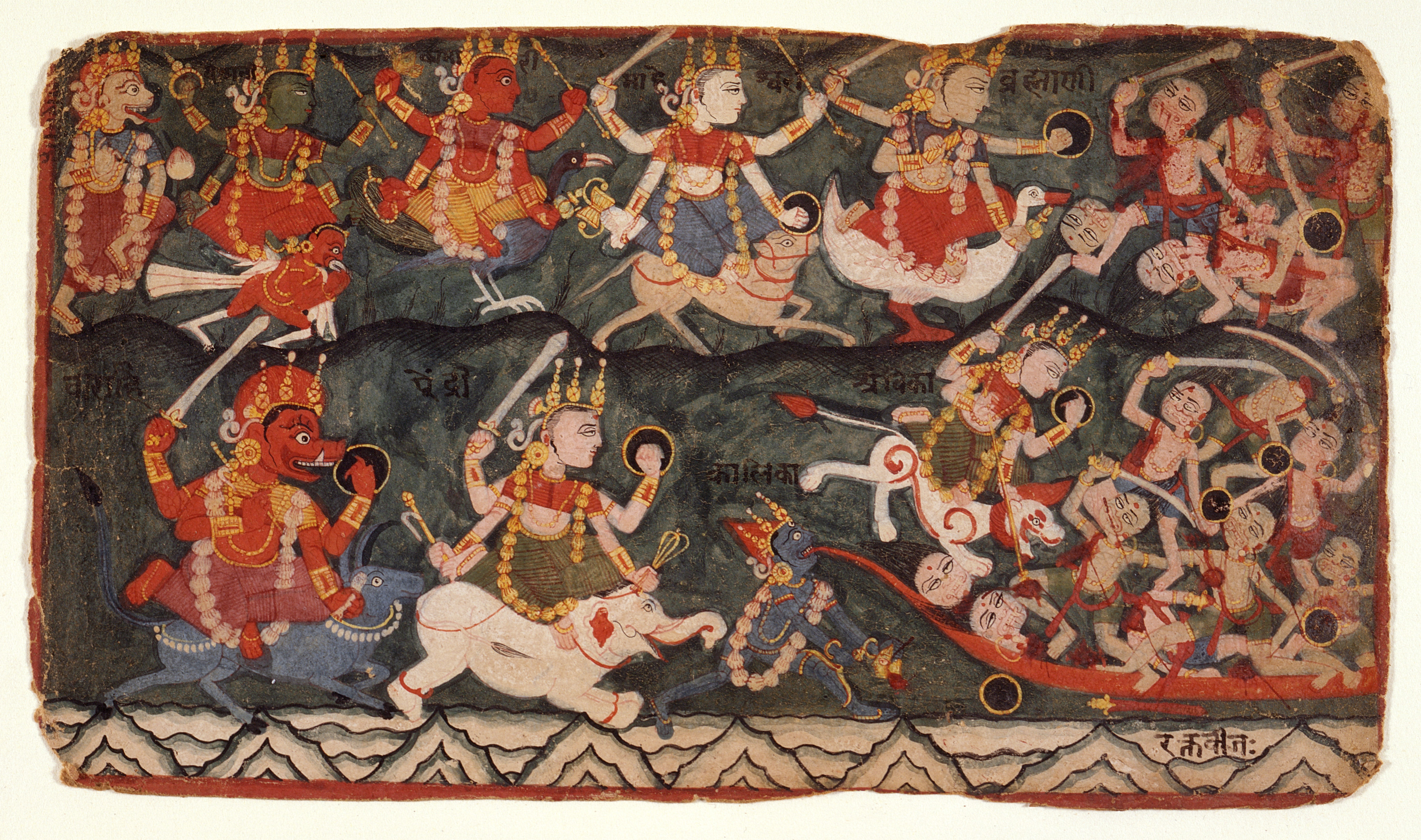|
Hindu Texts
Hindu texts or Hindu scriptures are manuscripts and voluminous historical literature which are related to any of the diverse traditions within Hinduism. Some of the major Hindus, Hindu texts include the Vedas, the Upanishads, and the Itihasa. Scholars hesitate in defining the term "Hindu scriptures" given the diverse nature of Hinduism,Dominic Goodall (1996), Hindu Scriptures, University of California Press, , p. ix–xliii but many list the Āgama (Hinduism), Agamas as Hindu scriptures,Klaus Klostermaier (2007), A Survey of Hinduism: Third Edition, State University of New York Press, , pp. 46–52, 76–77 and Dominic Goodall includes Bhagavata Purana and Yajnavalkya Smriti in the list of Hindu scriptures as well. History There are two historic classifications of Hindu texts: ''Śruti, Shruti'' (Sanskrit: श्रुति, ) – that which is heard, and ''Smriti'' (Sanskrit: स्मृति, IAST: ''Smṛti'') – that which is remembered. The ''Shruti'' texts refer to th ... [...More Info...] [...Related Items...] OR: [Wikipedia] [Google] [Baidu] |
Manuscripts
A manuscript (abbreviated MS for singular and MSS for plural) was, traditionally, any document written by hand or typewritten, as opposed to mechanically printed or reproduced in some indirect or automated way. More recently, the term has come to be understood to further include ''any'' written, typed, or word-processed copy of an author's work, as distinguished from the rendition as a printed version of the same. Before the arrival of prints, all documents and books were manuscripts. Manuscripts are not defined by their contents, which may combine writing with mathematical calculations, maps, music notation, explanatory figures, or illustrations. Terminology The word "manuscript" derives from the (from , hand and from , to write), and is first recorded in English in 1597. An earlier term in English that shares the meaning of a handwritten document is "hand-writ" (or "handwrit"), which is first attested around 1175 and is now rarely used. The study of the writing (the ... [...More Info...] [...Related Items...] OR: [Wikipedia] [Google] [Baidu] |
Brahmana
The Brahmanas (; Sanskrit: , International Alphabet of Sanskrit Transliteration, IAST: ''Brāhmaṇam'') are Vedas, Vedic śruti works attached to the Samhitas (hymns and mantras) of the Rigveda, Rig, Samaveda, Sama, Yajurveda, Yajur, and Atharvaveda, Atharva Vedas. They are a secondary layer or classification of Sanskrit texts embedded within each Veda, which explain and instruct on the performance of Yajna, Vedic rituals (in which the related Samhitas are recited). In addition to explaining the symbolism and meaning of the Samhitas, Brahmana literature also expounds scientific knowledge of the Vedic period, Vedic Period, including observational astronomy and, particularly in relation to altar construction, geometry. Divergent in nature, some Brahmanas also contain mystical and philosophical material that constitutes Aranyakas and Upanishads. Each Veda has one or more of its own Brahmanas, and each Brahmana is generally associated with a particular Shakha or Vedic school. Less ... [...More Info...] [...Related Items...] OR: [Wikipedia] [Google] [Baidu] |
Rig Veda
The ''Rigveda'' or ''Rig Veda'' (, , from wikt:ऋच्, ऋच्, "praise" and wikt:वेद, वेद, "knowledge") is an ancient Indian Miscellany, collection of Vedic Sanskrit hymns (''sūktas''). It is one of the four sacred canonical Hindu texts (''śruti'') known as the Vedas. Only one Shakha of the many survive today, namely the Shakala Shakha, Śakalya Shakha. Much of the contents contained in the remaining Shakhas are now lost or are not available in the public forum. The ''Rigveda'' is the oldest known Vedic Sanskrit text. Its early layers are among the oldest extant texts in any Indo-European language. Most scholars believe that the sounds and texts of the ''Rigveda'' have been orally transmitted with precision since the 2nd millennium BCE, through Indian mathematics#Styles of memorisation, methods of memorisation of exceptional complexity, rigour and fidelity, though the dates are not confirmed and remain contentious till concrete evidence surfaces. Philolog ... [...More Info...] [...Related Items...] OR: [Wikipedia] [Google] [Baidu] |
Vedic Period
The Vedic period, or the Vedic age (), is the period in the late Bronze Age and early Iron Age of the history of India when the Vedic literature, including the Vedas (–900 BCE), was composed in the northern Indian subcontinent, between the end of the urban Indus Valley Civilisation and a second urbanisation, which began in the central Indo-Gangetic Plain BCE. The Vedas are liturgical texts which formed the basis of the influential Brahmanical ideology, which developed in the Kuru Kingdom, a tribal union of several Indo-Aryan tribes. The Vedas contain details of life during this period that have been interpreted to be historical and constitute the primary sources for understanding the period. These documents, alongside the corresponding archaeological record, allow for the evolution of the Indo-Aryan and Vedic culture to be traced and inferred. The Vedas were composed and orally transmitted with precision by speakers of an Old Indo-Aryan language who had migrated into ... [...More Info...] [...Related Items...] OR: [Wikipedia] [Google] [Baidu] |
Atharvaveda
The Atharvaveda or Atharva Veda (, , from ''wikt:अथर्वन्, अथर्वन्'', "priest" and ''wikt:वेद, वेद'', "knowledge") or is the "knowledge storehouse of ''wikt:अथर्वन्, atharvans'', the procedures for everyday life".Laurie Patton (2004), "Veda and Upanishad," in ''The Hindu World'' (Editors: Sushil Mittal and Gene Thursby), Routledge, , page 38 The text is the fourth Veda, and is a late addition to the Vedic scriptures of Hinduism.Laurie Patton (1994), ''Authority, Anxiety, and Canon: Essays in Vedic Interpretation,'' State University of New York Press, , page 57 The language of the Atharvaveda is different from Rigvedic Sanskrit, preserving pre-Vedic Indo-European archaisms. It is a collection of 730 Music of India#History, hymns with about 6,000 mantras, divided into 20 books.Maurice Bloomfield''The Atharvaveda'' Harvard University Press, pages 1-2 About a sixth of the Atharvaveda texts adapt verses from the Rigveda, and exce ... [...More Info...] [...Related Items...] OR: [Wikipedia] [Google] [Baidu] |
Yajurveda
The ''Yajurveda'' (, , from यजुस्, "worship", and वेद, "knowledge") is the Veda primarily of prose mantras for worship rituals.Michael Witzel (2003), "Vedas and Upaniṣads", in ''The Blackwell Companion to Hinduism'' (Editor: Gavin Flood), Blackwell, , pages 76–77 An ancient Vedic Sanskrit text, it is a compilation of ritual-offering formulas that were said by a priest while an individual performed ritual actions such as those before the yajna fire. Yajurveda is one of the four Vedas, and one of the scriptures of Hinduism. The exact century of Yajurveda's composition is unknown, and estimated by Witzel to be between 1200 and 800 BCE, contemporaneous with Samaveda and Atharvaveda. The Yajurveda is broadly grouped into two – the "black" or "dark" (''Krishna'') Yajurveda and the "white" or "bright" (''Shukla'') Yajurveda. The term "black" implies "the un-arranged, unclear, motley collection" of verses in Yajurveda, in contrast to the "white" which implies ... [...More Info...] [...Related Items...] OR: [Wikipedia] [Google] [Baidu] |
Samaveda
The ''Samaveda'' (, , from '' सामन्'', "song" and ''वेद'', "knowledge"), is the Veda of melodies and chants. It is an ancient Vedic Sanskrit text, and is one of the sacred scriptures in Hinduism. One of the four Vedas, it is a liturgical text which consists of 1,875 verses. All but 75 verses have been taken from the Rigveda. Three recensions of the ''Samaveda'' have survived, and variant manuscripts of the Veda have been found in various parts of India. While its earliest parts are believed to date from as early as the Rigvedic period, the existing samhita text dates from the post-Rigvedic Mantra period of Vedic Sanskrit, between c. 1200 and 1000 BCE or "slightly rather later," roughly contemporary with the Atharvaveda and the Yajurveda. Along with the Samhita layer of text, the ''Samaveda'' includes Brahmana texts, and a final layer of the text that covers philosophical speculations (Upanishads). These layers of the compilation date from the post-Rigvedic Man ... [...More Info...] [...Related Items...] OR: [Wikipedia] [Google] [Baidu] |
Rigveda
The ''Rigveda'' or ''Rig Veda'' (, , from wikt:ऋच्, ऋच्, "praise" and wikt:वेद, वेद, "knowledge") is an ancient Indian Miscellany, collection of Vedic Sanskrit hymns (''sūktas''). It is one of the four sacred canonical Hindu texts (''śruti'') known as the Vedas. Only one Shakha of the many survive today, namely the Shakala Shakha, Śakalya Shakha. Much of the contents contained in the remaining Shakhas are now lost or are not available in the public forum. The ''Rigveda'' is the oldest known Vedic Sanskrit text. Its early layers are among the oldest extant texts in any Indo-European language. Most scholars believe that the sounds and texts of the ''Rigveda'' have been orally transmitted with precision since the 2nd millennium BCE, through Indian mathematics#Styles of memorisation, methods of memorisation of exceptional complexity, rigour and fidelity, though the dates are not confirmed and remain contentious till concrete evidence surfaces. Philolog ... [...More Info...] [...Related Items...] OR: [Wikipedia] [Google] [Baidu] |
Michael Witzel
Michael Witzel (born July 18, 1943) is a German-American philologist, comparative mythologist and Indologist. Witzel is the Wales Professor of Sanskrit at Harvard University and the editor of the Harvard Oriental Series (volumes 50–100). He has researched a number of Indian sacred texts, particularly the Vedas. Biography Michael Witzel was born July 18, 1943, in Schwiebus, Germany (modern Świebodzin, Poland). He studied indology in West Germany from 1965 to 1971 under Paul Thieme, H.-P. Schmidt, K. Hoffmann, and J. Narten, as well as in Nepal (1972 to 1973) under Mīmāmsaka Jununath Pandit.Michael Witzel's curriculum vitae accessed September 13, 2007. From 1972 to 1978, he led the Nepal-German Manuscript Preservation Project and the Nepal Research Centre in |
Languages Of India
Languages of India belong to several list of language families, language families, the major ones being the Indo-Aryan languages spoken by 78.05% of Indian people, Indians and the Dravidian languages spoken by 19.64% of Indians; both families together are sometimes known as languages of South Asia, Indic languages. Languages spoken by the remaining 2.31% of the population belong to the Austroasiatic languages, Austroasiatic, Sino-Tibetan languages, Sino–Tibetan, Kra–Dai languages, Tai–Kadai, Andamanese languages, Andamanese, and a few other minor language families and language isolate, isolates. According to the People's Linguistic Survey of India, India has the Number of languages by country, second highest number of languages (780), after Papua New Guinea (Languages of Papua New Guinea, 840). ''Ethnologue'' lists a lower number of 456. Article 343 of the Constitution of India stated that the official language of the Union is Hindi in Devanagari script, with officia ... [...More Info...] [...Related Items...] OR: [Wikipedia] [Google] [Baidu] |
Puranas
Puranas (Merriam-Webster's Encyclopedia of Literature (1995 Edition), Article on "Puranas", , page 915) are a vast genre of Indian literature that include a wide range of topics, especially legends and other traditional lore. The Puranas are known for the intricate layers of symbolism depicted within their stories. Composed originally in Sanskrit and in Languages of India, other Indian languages,John Cort (1993), "An Overview of the Jaina Puranas" in ''Purana Perennis: Reciprocity and Transformation in Hindu and Jaina Texts,'' (Editor: Wendy Doniger), State University of New York Press, , pages 185-204 several of these texts are named after major Hindu deities such as Vishnu, Shiva, Brahma, and Mahadevi, Devi. The Puranic genre of literat ... [...More Info...] [...Related Items...] OR: [Wikipedia] [Google] [Baidu] |
Hindu Philosophy
Hindu philosophy or Vedic philosophy is the set of philosophical systems that developed in tandem with the first Hinduism, Hindu religious traditions during the Iron Age in India, iron and Classical India, classical ages of India. In Indian philosophy, of which Hindu philosophy is a prominent subset, the word used for philosophy is ''Darshana'' (Sanskrit: दर्शन; meaning: "viewpoint or perspective"), from the Sanskrit root 'दृश' () meaning 'to see, to experience'. The schools of thought or ''Darshanas'' within Hindu philosophy largely equate to the six ancient orthodox schools: the ''Āstika and nāstika, āstika'' (Sanskrit: आस्तिक) schools, defined by their acceptance of the Vedas, the oldest collection of Sanskrit literature, Sanskrit texts, as an authoritative source of knowledge. Of these six, Samkhya (सांख्य) is the earliest school of Dualism (Indian philosophy), dualism; Yoga (philosophy), Yoga (योग) combines the metaphysics ... [...More Info...] [...Related Items...] OR: [Wikipedia] [Google] [Baidu] |





